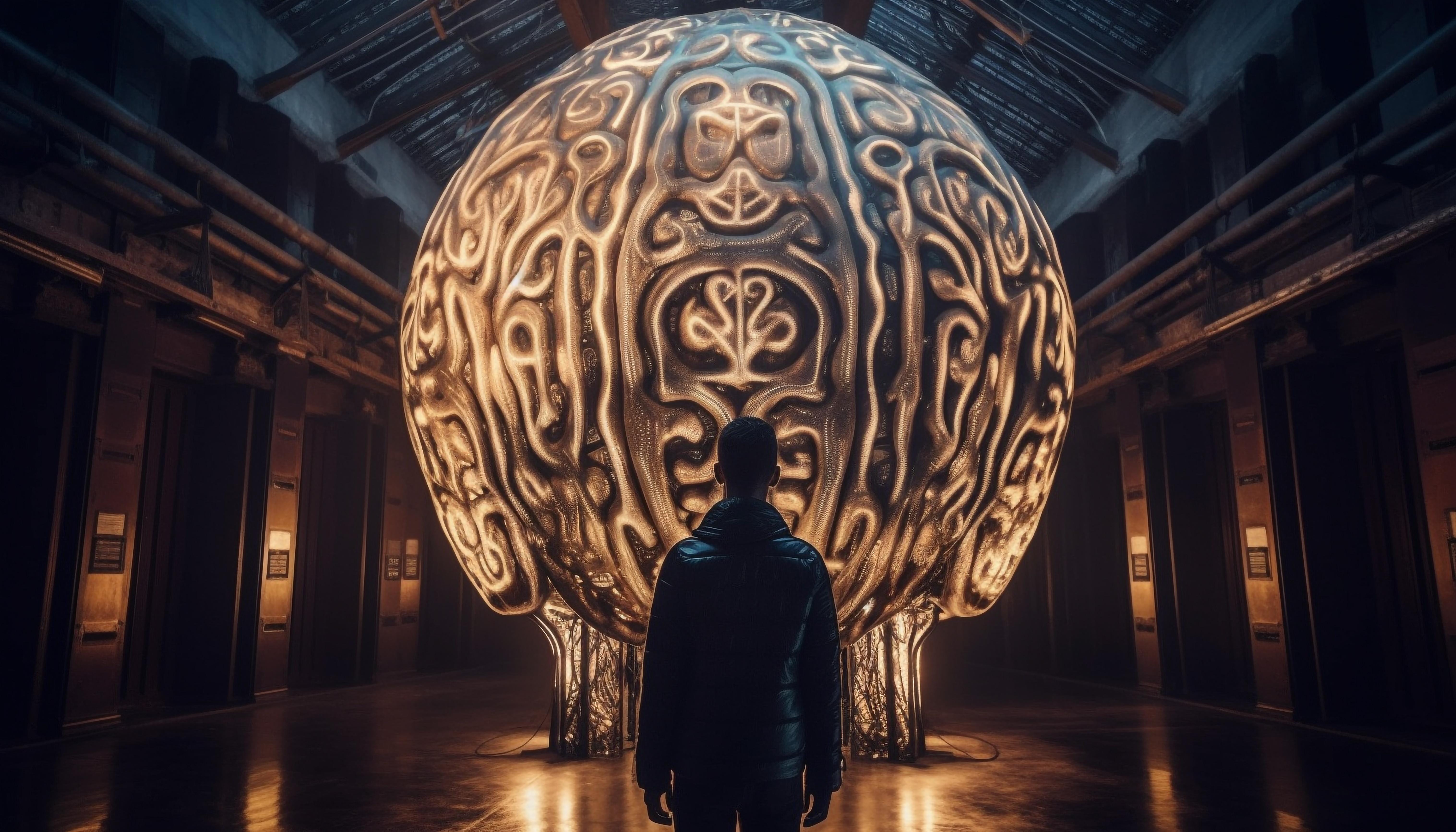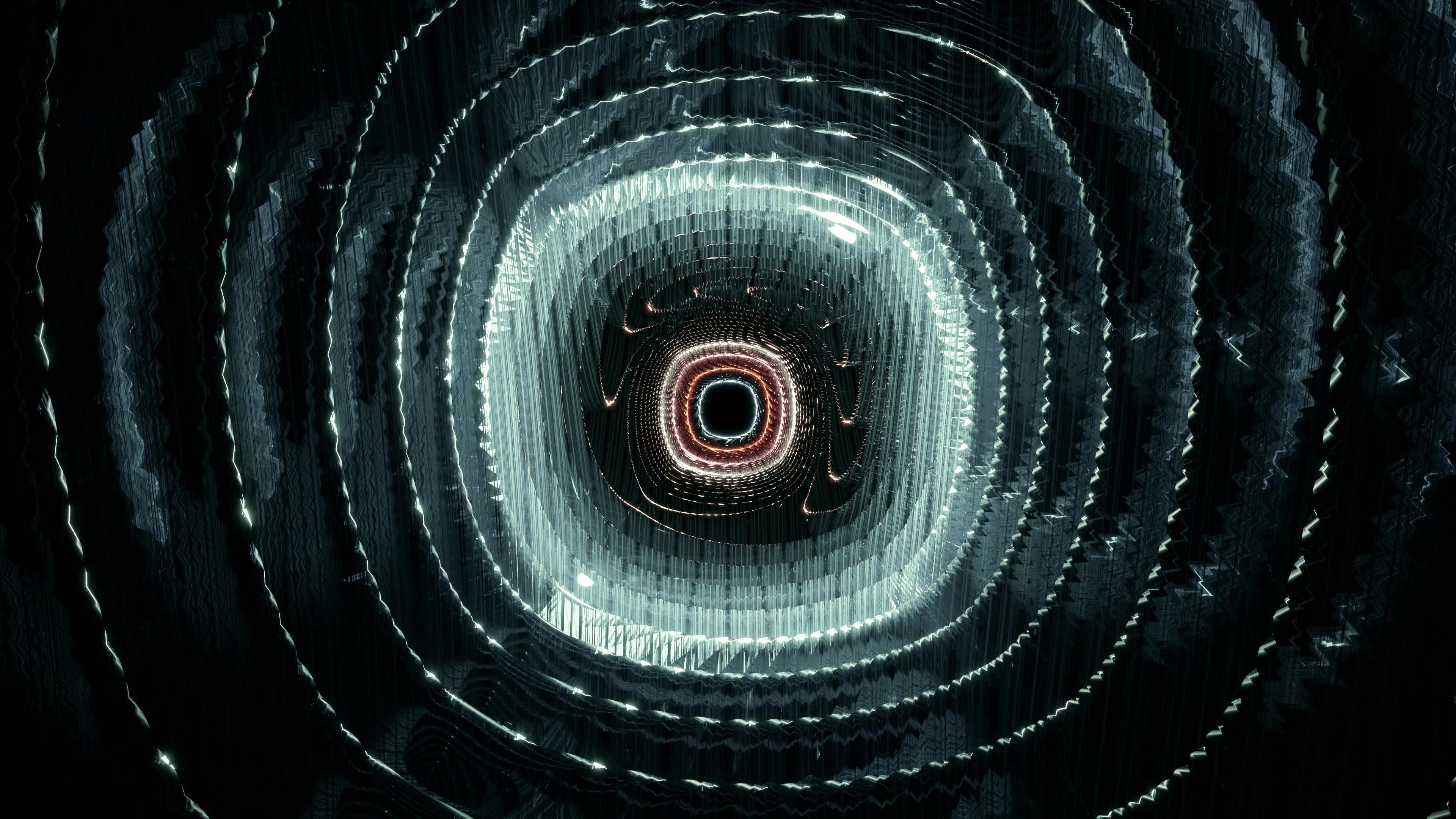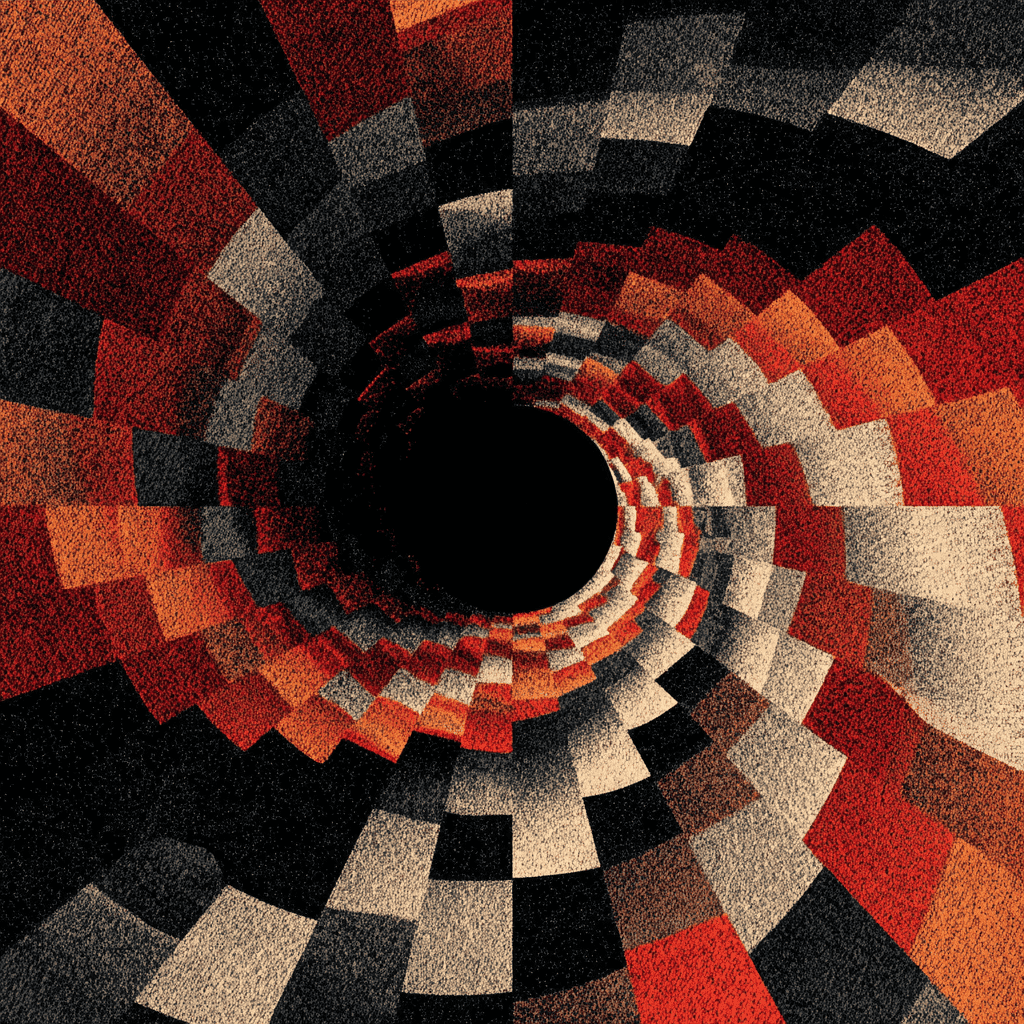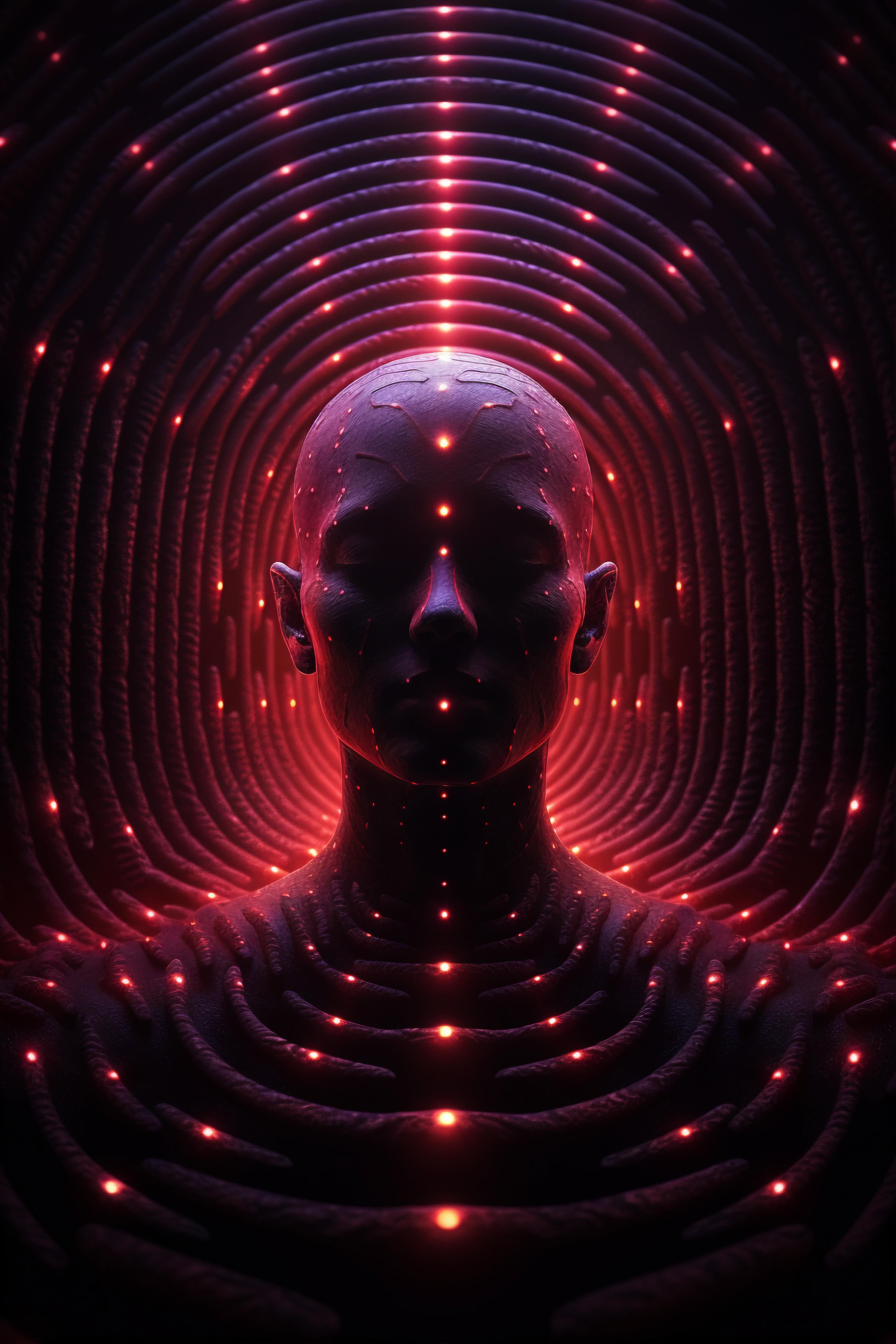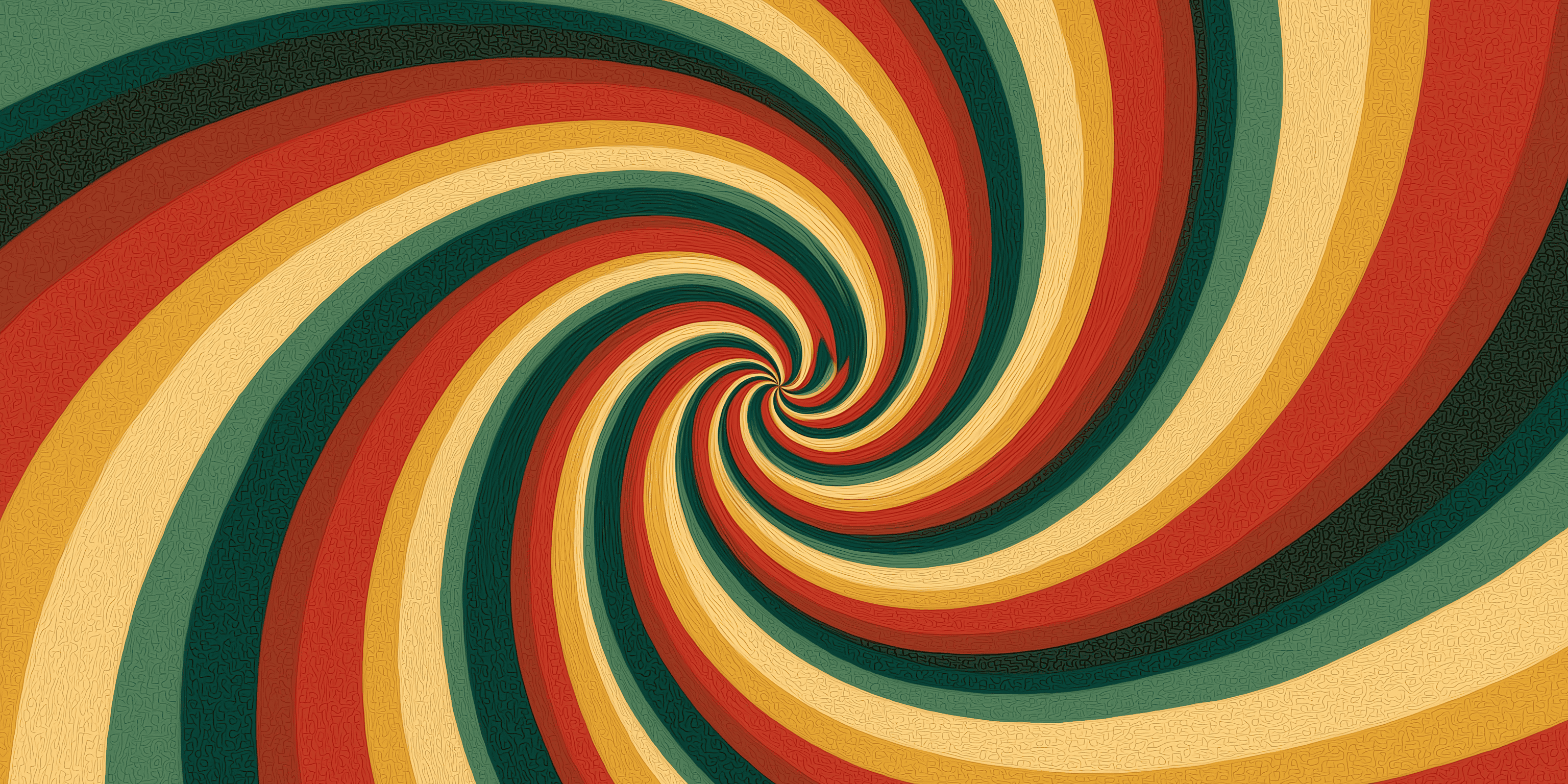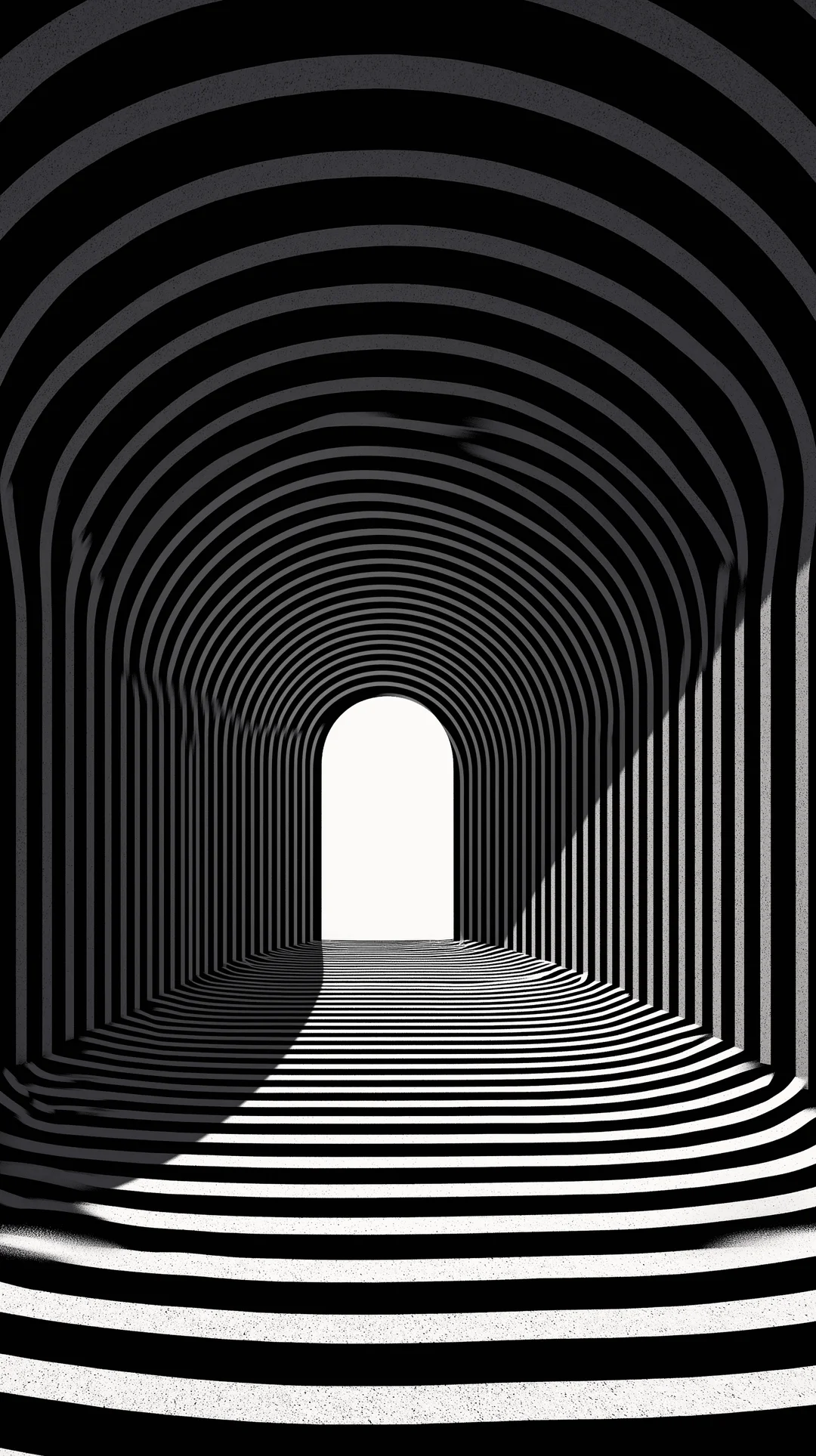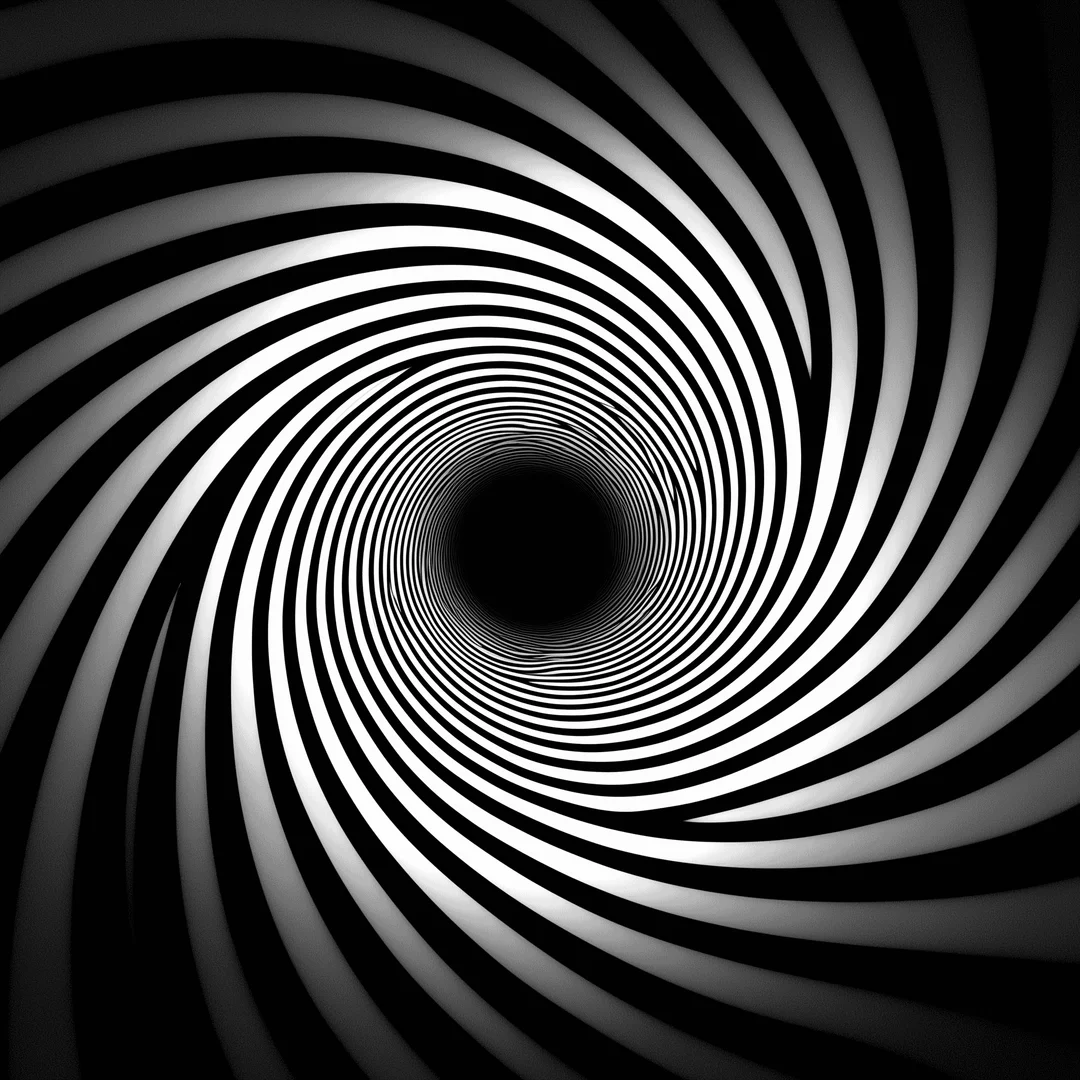What exactly is an optical illusion
An optical illusion is a visual phenomenon that tricks our eyes and brain into perceiving something that is not truly there or is distorted from reality. It challenges our understanding of visual information.
How do optical illusions work
Illusions work by exploiting the shortcuts and assumptions our brain makes when processing visual data. Factors like contrast depth perception and prior knowledge can lead to misinterpretations of an image.
Are all optical illusions the same type
No there are many types including static illusions which appear to move and geometric illusions which distort shapes and sizes. Cognitive illusions play on our assumptions while color illusions manipulate our perception of hues.
Can everyone see optical illusions
Most people can perceive common optical illusions but individual perception can vary. Factors such as visual acuity neurological conditions or even emotional state can influence how clearly one experiences an illusion.
Why is it important to study optical illusions
Studying illusions helps scientists understand how our brain processes visual information creates a coherent reality and why it sometimes makes errors. It offers insights into the mechanisms of perception and consciousness.
Where can I find more examples of illusions
Our website Abyssgaze offers an extensive gallery of optical illusions categorized by type with detailed explanations and historical context. You can also find interactive examples to test your own perception.
